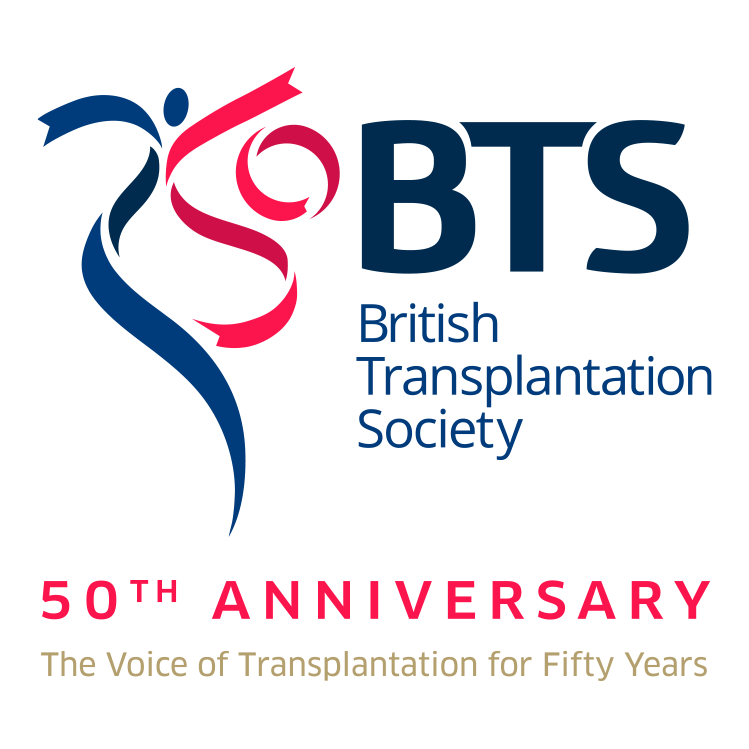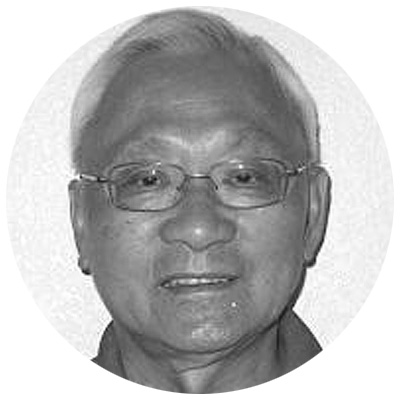Alan Ting (1943-2017)
Alan Ting
(1943-2017)
Alan Ting who was one of a number of outstanding scientists in the field of histocompatibility and a prominent member of the BTS in the past died suddenly in April 2017.
Alan Ting was born in Sydney Australia and after schooling he undertook an Honours degree in Zoology graduating BSc Hons. in 1964. He then moved to Melbourne to the Blood Transfusion laboratory of the Royal Melbourne Hospital with a view to doing research for a Master’s degree.
However, in 1967 Peter Morris returned from the USA to the University Department of Surgery to join the new renal transplant programme with the aim of establishing tissue typing and transplant immunology laboratories. Alan Ting then joined Morris as his first PhD student. He completed his PhD in 1972. His thesis dealt with technical aspects of tissue typing as well as studies of antibodies in renal transplantation. One important contribution with Ian McKenzie, John Stocker and Peter Morris was the first description of cytotoxic antibodies in man against pig and sheep lymphocytes which would be a critical hurdle in any future attempts at xenotransplantation. He was also involved in several anthropological studies of HLA in New Guinea and South-East Asia.
He then went to UCLA to do a postdoc with Paul Terasaki from 1973-75. Meanwhile Morris had moved to Oxford in 1974 as Nuffield Professor of Surgery with the aim of establishing a transplant programme as well as a tissue typing and transplant immunology laboratories. Ting joined him as a senior research officer in 1975 and was to spend the next 15 years in Oxford in what was to prove an incredibly productive time, reflected by his 87 publications in that period. These ranged from unravelling the importance of the cross match to HLA studies in several diseases. His most important contributions were the recognition that highly sensitised patients awaiting transplantation often had autolymphocytoxins which allowed many such patients, who had been excluded from transplantation, to be transplanted successfully, and the demonstration that matching for the newly described HLA-DR was more important than matching for HLA -A,B. In the 1980s the BTS appointed him as one of the “3 wise men” (with Ross Taylor, a surgeon, and Douglas Briggs, a nephrologist) who were charged with visiting all renal transplant units in the UK to see if there was a ready explanation for the large discrepancy in one year graft survival between units.
Alan Ting had a remarkable career and was loved by all who worked with him. In the late 1980s he met the love of his life, Helena, soon to be his wife (they were married in San Francisco in 1990). As Helena was tied to California for family reasons Alan took a position at the California Pacific Medical Centre in 1990 as Director of the Histocompatibility Laboratory. In 1994, he moved to Stanford University as Associate Professor of Pathology and Co-Director of the Histocompatibility Laboratory; but was to move again in 2000 to Richmond, Virginia as Assistant Director and Director of Research at the United Network for Organ Sharing (UNOS). His appointment as President of the American Society of Histocompatibility and Immunogenetics (ASHI) in 1999 was recognition of all his contributions in the field over many years.
Finally, in 2005 he retired and he and Helena moved back to California to a lovely town house on a lagoon in Foster City. Alan and Helena had many holidays together often on ocean cruises chosen not only for their destinations but also the provision of ball room dancing after dinner. Alan who had been an excellent tennis player took it up again on a regular basis playing for the Foster City team.
He will be sadly missed by so many in the field in many parts of the world. He leaves Helena, the love of his life, and many nieces and nephews, to whom he was devoted plus innumerable friends and colleagues.



